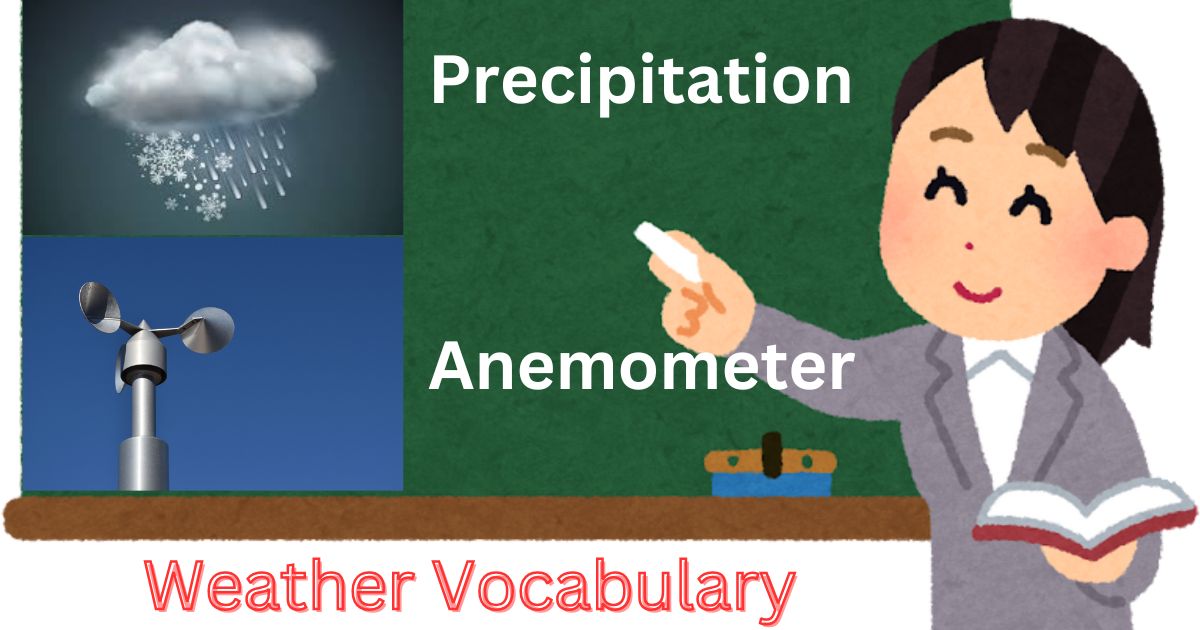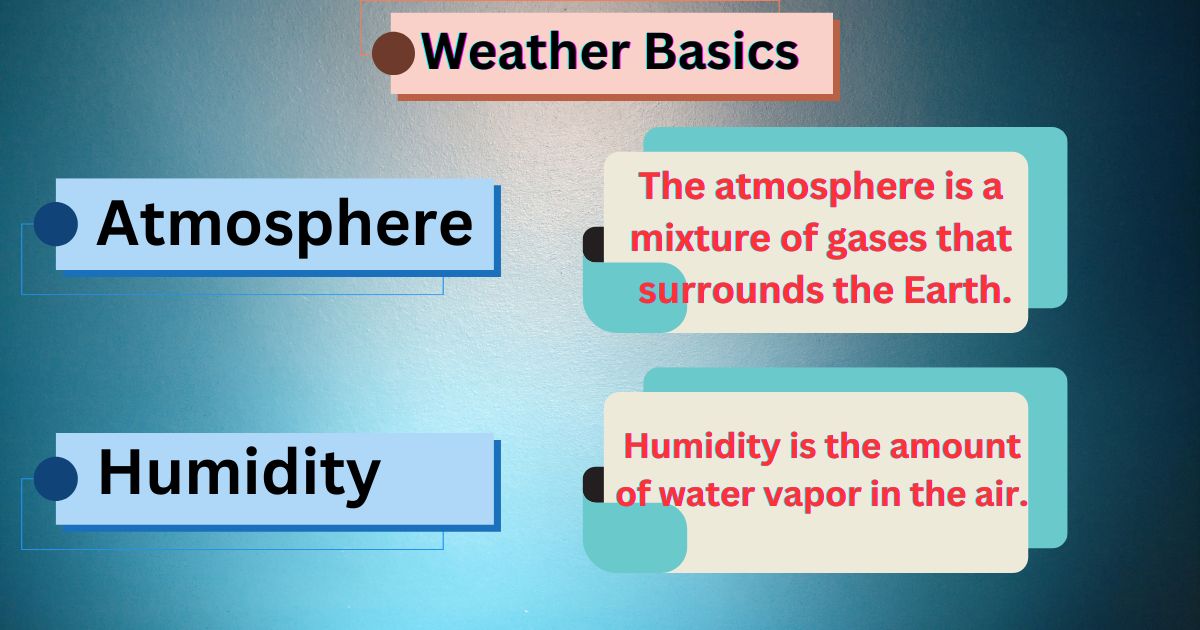How to Include Weather in a 6th-Grade Science Lesson? To incorporate weather into a 6th-grade science lesson, you can teach students about key weather components like temperature, precipitation, wind, and clouds. Have students actively observe and record local weather data using basic tools such as thermometers and rain gauges.
Create weather maps to track fronts and pressure systems, and conduct hands-on experiments like cloud formation or a “mini tornado in a bottle.” Additionally, discuss how weather impacts daily life and local environments while focusing on important meteorology vocabulary. Let’s explore ideas related to “How to Include Weather in a 6th-grade Science Lesson”.

Specific Activities and Lesson Ideas:
Weather Basics:
- Vocabulary Building: Introduce terms like atmosphere, humidity, barometer, anemometer, weather front, high and low pressure, and types of precipitation (rain, snow, hail).
- Weather Journal: Have students record daily weather observations (temperature, cloud cover, and precipitation) in a journal.
- Cloud Identification: Teach students about different cloud types (cirrus, cumulus, stratus) and their associated weather patterns.

Data Collection and Analysis:
- Build a Weather Station: Create a simple weather station with a thermometer, rain gauge, wind vane, and anemometer to collect data.
- Graphing Weather Data: Have students plot collected data on a graph to identify weather trends and patterns.
- Weather Map Analysis: Use weather maps to track fronts and high and low-pressure systems, helping students predict upcoming weather changes.

Hands-on Experiments:
- “Cloud in a Jar”: Create condensation inside a jar using warm water and ice to demonstrate cloud formation.
- “Tornado in a Bottle”: Use two plastic bottles and water to create a mini-tornado, showing how swirling air masses form.
- Make a Homemade Rain Gauge: Have students design and build a simple rain gauge to measure precipitation.
Real-World Applications:
- Weather Forecasting: Discuss how meteorologists use weather data to predict weather patterns.
- Weather-Related Events: Explore how severe weather like hurricanes, tornadoes, and blizzards impact communities.
- Climate Change Connection: Talk about how climate change can influence weather patterns and increase extreme weather events.

Important Considerations:
Local Relevance:
Incorporate weather phenomena specific to your region to make the lesson more relatable to students.
Visual Aids:
Use diagrams, pictures, and videos to illustrate weather concepts, making them more accessible.
Outdoor Observations:
Whenever possible, take students outside to observe real-time weather conditions, allowing them to experience it firsthand.
Differentiation:
Offer different options for students at various learning levels. Some might work on simpler data collection tasks, while others could take on more complex research projects.
Conclusion
Integrating weather into a 6th-grade science lesson provides students with a hands-on and engaging way to explore the natural world. By combining interactive activities, real-world data, and experiments, students can better understand weather patterns, atmospheric phenomena, and their impacts on daily life. Lessons on weather foster critical thinking, scientific inquiry, and environmental awareness, preparing students for further scientific exploration. Encourage curiosity by connecting lessons to local weather and global climate changes, making the subject both relevant and exciting.
FAQs
- How do I make weather lessons fun for 6th graders?
Use interactive tools like weather apps, hands-on experiments, and engaging activities like building a barometer. - What key topics should I include in a weather lesson?
Cover topics like the water cycle, types of clouds, weather instruments, atmospheric pressure, and interpreting weather forecasts. - Can I teach weather through cross-curricular activities?
Yes! Integrate math with graphing temperature data, or include geography by exploring weather patterns in different regions. - What resources are helpful for teaching weather?
Use online simulations, weather maps, videos, and DIY experiments to explain concepts clearly. - Why is teaching weather important?
Learning about weather helps students understand the environment, develop problem-solving skills, and recognize the impact of climate on daily life.



